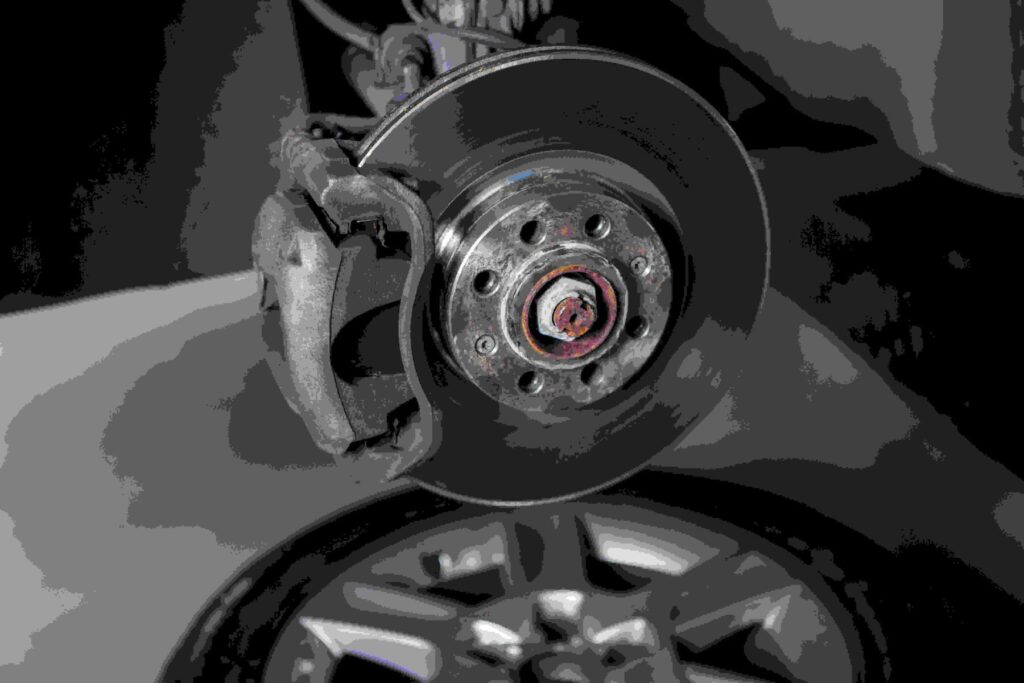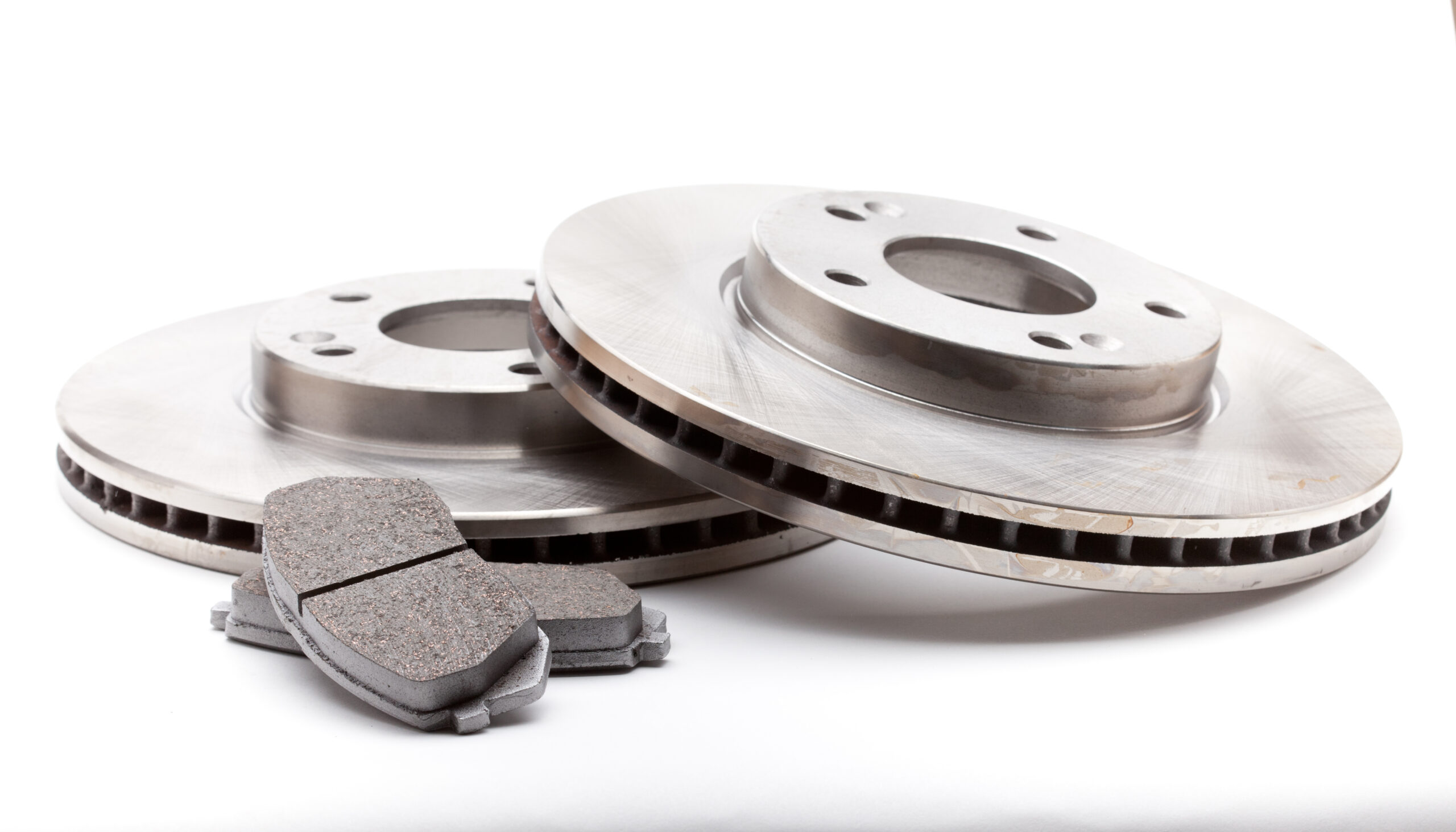Experiencing vibration while braking is not only annoying but also potentially dangerous. It can indicate underlying issues with your vehicle’s braking system that, if left unaddressed, could lead to further damage or even brake failure. In this comprehensive guide, we’ll explore the common causes of vibration while braking, along with effective remedies to resolve these issues and ensure safe driving.
Common Causesof Vibration While Braking:
- WarpedBrakeRotors: Warped brake rotors are one of the most common causes of vibration while braking. Warping can occur due to excessive heat buildup during braking, which causes uneven wear on the surface of the rotors. As a result, when you apply the brakes, the brake pads make uneven contact with the warped rotor surface, leading to vibration felt through the steering wheel or brake pedal.
- WornBrakePads: Over time, brake pads wear down due to friction against the rotors. When brake pads become excessively worn, they may develop uneven surfaces or lose their flatness, causing them to vibrate when pressed against the rotors during braking. This vibration can manifest as pulsation or shaking felt through the steering wheel or brake pedal.
- LooseorWornWheelBearings: Wheel bearings are responsible for allowing the wheels to rotate smoothly. If a wheel bearing becomes loose or worn, it can cause the wheel to wobble or oscillate during braking, leading to vibration felt throughout the vehicle. In severe cases, loose or worn wheel bearings can also affect steering stability and handling.
- UnevenTireWear: Uneven tire wear, such as cupping or scalloping, can result from improper wheel alignment, worn suspension components, or inadequate tire maintenance. When braking, the uneven tire surface can cause the vehicle to vibrate as the tires make contact with the road surface, leading to a sensation of vibration felt through the steering wheel or brake pedal.
- BrakeCaliperIssues: Problems with the brake calipers, such as sticking or uneven brake pad wear, can cause vibration while braking. A sticking caliper may not apply even pressure to the brake pads, resulting in uneven braking force and vibration. Similarly, if one brake pad wears down faster than the others due to caliper issues, it can lead to uneven contact with the rotor surface and vibration during braking.
- SuspensionComponentWear: Worn or damaged suspension components, such as control arms, bushings, or ball joints, can affect wheel alignment and stability. When braking, these worn components may allow excessive movement or play in the wheel assembly, leading to vibration felt through the vehicle’s steering system or chassis.
Remedies for Vibration While Braking:

- ReplaceWarpedBrakeRotors: If warped brake rotors are identified as the cause of vibration while braking, they should be replaced promptly. New brake rotors should be installed following manufacturer specifications, and the brake system should be properly calibrated to ensure even contact between the brake pads and rotors.
- InstallNewBrakePads: Worn brake pads should be replaced with new ones to restore smooth braking performance. It’s essential to choose high-quality brake pads that are compatible with your vehicle’s braking system and driving conditions. Proper installation and bedding-in procedures should be followed to ensure optimal braking effectiveness and longevity.
- TightenorReplaceLooseorWornWheelBearings: Loose or worn wheel bearings should be tightened or replaced as necessary to prevent further damage and restore wheel stability. Wheel bearings should be inspected regularly during routine maintenance and replaced if any signs of wear or looseness are detected. More details can be found at the link: https://outdoorlogic.net/
- AddressUnevenTireWear: Addressing uneven tire wear requires proper wheel alignment, tire rotation, and maintenance. Regularly inspecting tires for signs of uneven wear and addressing alignment issues promptly can help prevent vibration while braking and prolong tire life.
- CheckandServiceBrakeCalipers: Inspect brake calipers for signs of sticking, uneven brake pad wear, or other issues that could affect braking performance. Sticking calipers should be lubricated or replaced, and brake pads should be replaced if uneven wear is detected to ensure even contact with the rotors.
- ReplaceWornorDamagedSuspensionComponents: Worn or damaged suspension components should be replaced to restore wheel alignment and stability. Proper suspension maintenance and regular inspections can help prevent vibration while braking and ensure safe driving.
Identifying the causes of vibration while braking is essential for maintaining vehicle safety and preventing further damage to the braking system. By understanding the common issues that can lead to vibration and implementing appropriate remedies, drivers can ensure smooth and effective braking performance. Regular maintenance, inspections, and prompt repairs are key to addressing vibration while braking and ensuring safe operation of the vehicle on the road. If you’re unsure how to diagnose or repair braking issues yourself, it’s best to seek assistance from a qualified mechanic or automotive technician to ensure proper diagnosis and resolution of the problem. Remember, your safety and the safety of others on the road depend on the proper functioning of your vehicle’s braking system.
